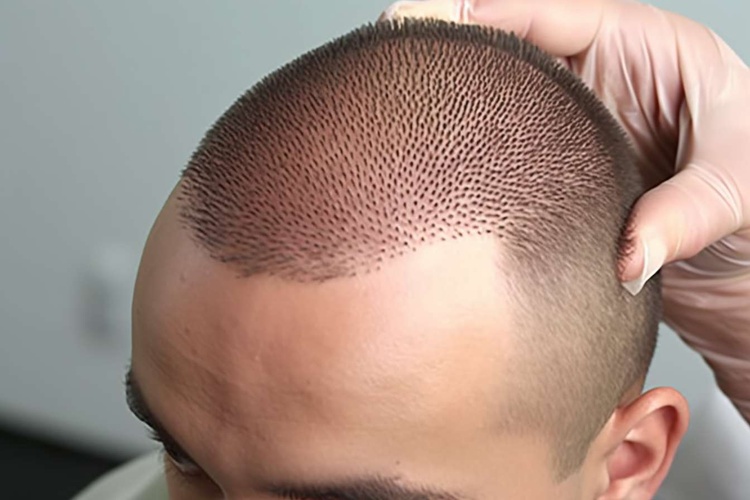The Uncharted Wellness Potential of Breathwork Techniques
The quest for wellness seems like an endless journey, with constant discoveries and innovations in the health industry. However, one significant wellness technique, often overlooked, has been with us since our first breath - the art of breathwork. This article aims to delve into the science and potential benefits of breathwork techniques, providing a fresh perspective on this ancient, yet modern wellness strategy.

Breathwork, in its simplest definition, is the conscious control and manipulation of the breath. The practice traces its roots back to ancient civilizations, where it was a fundamental part of yoga, meditation, and spiritual practices. Over the years, scientific research has discovered the potential of breathwork in stress management, mental health, and even physical well-being.
Recent trends in health point towards an increased interest in breathwork techniques. Research-backed insights suggest that breathwork can significantly impact our overall health. One study published in the Journal of Clinical Psychology found that breathwork can reduce symptoms of depression and anxiety, offering a natural alternative to conventional treatments.
Breathwork is not without its challenges, however. For one, it requires time, patience, and consistency to master the technique and reap its benefits. Secondly, while there’s a growing body of research supporting its efficacy, breathwork isn’t a cure-all solution. It’s best used as a complementary tool alongside other health practices.
Breathwork: A Practical Guide
-
Understanding Your Breath: Start by observing your natural breathing pattern. Understanding how you normally breathe is the first step towards conscious breath control.
-
Simple Breathwork Techniques: A popular technique is the 4-7-8 method, where you inhale for 4 seconds, hold the breath for 7 seconds, and exhale for 8 seconds. This method can help calm the nervous system and promote relaxation.
-
Consistency is Key: Like any wellness practice, consistency is key in breathwork. Make it a part of your daily routine for optimal results.
-
Safety First: Always practice breathwork in a safe, comfortable environment. If you feel dizzy or uncomfortable at any point, stop the practice and return to your normal breathing pattern.
In conclusion, breathwork offers a unique and scientifically backed wellness strategy. It serves as a reminder that sometimes, the most effective health tools are the simplest and the ones that have been with us all along. As the science and practice of breathwork continue to evolve, it may well become a fundamental part of our everyday wellness routines. The next time you find yourself feeling stressed or anxious, remember - the solution might just be a deep breath away.




